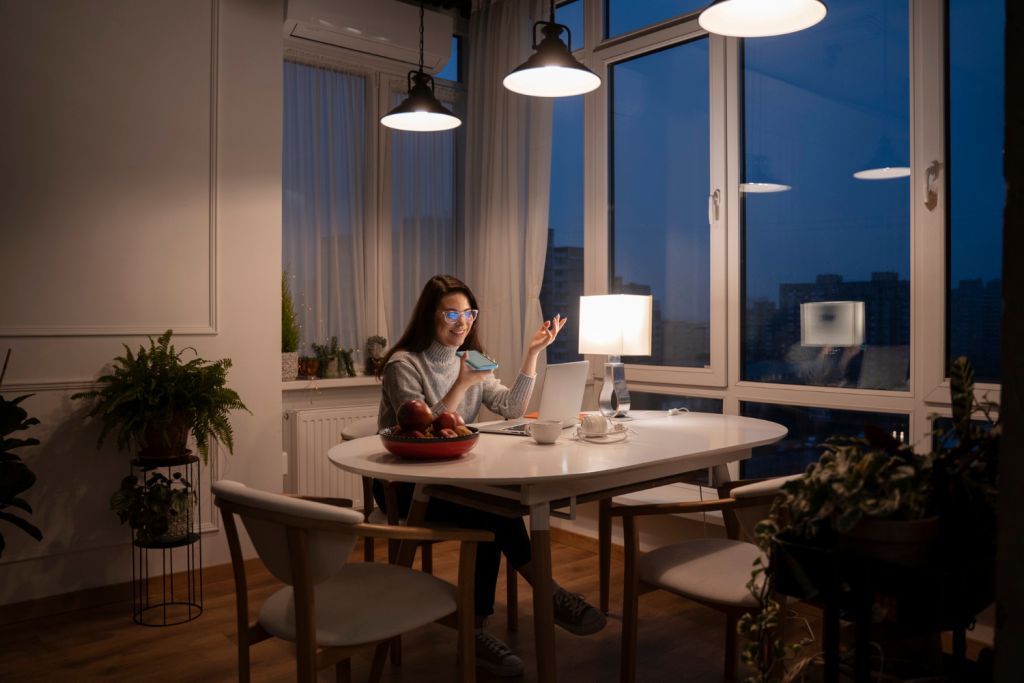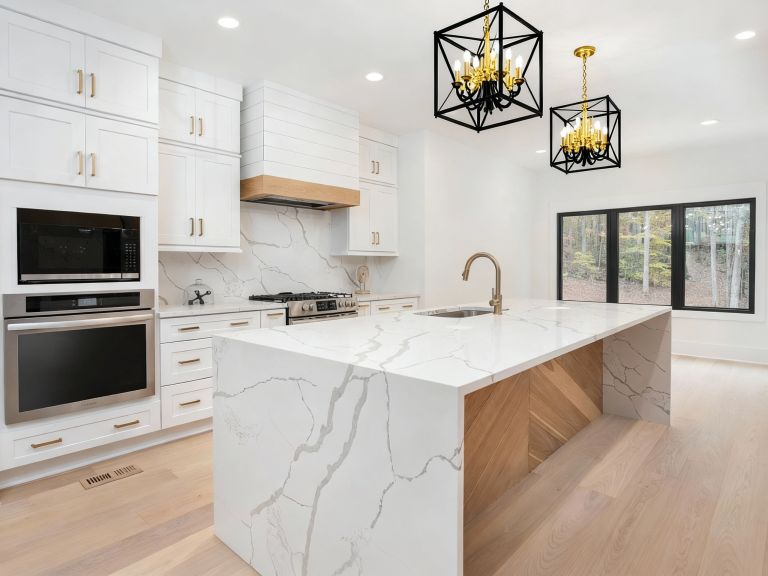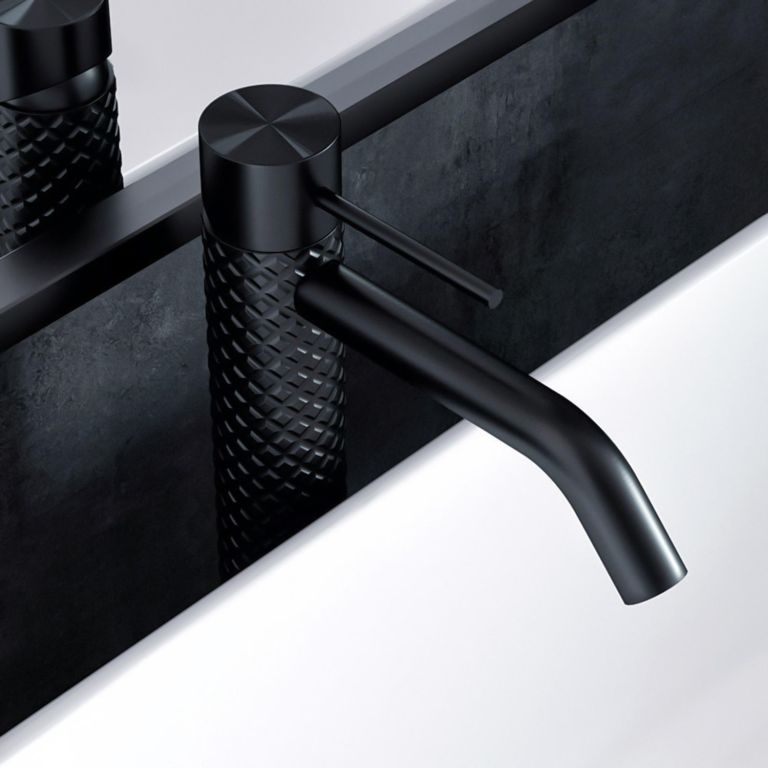Why Lighting Matters in Interior Design
Lighting does more than brighten a room. It shapes mood, highlights architecture, and makes spaces functional. In 2025, homeowners in the Bay Area are embracing layered lighting strategies to create interiors that feel warm, dynamic, and energy-efficient.
Lighting design is an art, and when done right, it transforms even the simplest room into a striking space.
The Three Layers of Lighting
Ambient Lighting
This is the foundation, providing overall illumination. Think ceiling fixtures, recessed lights, and chandeliers. Ambient light sets the tone of the room and makes it comfortable for everyday living.
Task Lighting
Focused lighting that helps with specific activities. Desk lamps, under-cabinet lighting in kitchens, and reading lights in bedrooms all fall into this category.
Accent Lighting
Used to highlight features and create atmosphere. Wall sconces, track lighting, or spotlights for artwork bring personality and depth to a room.
The best designs use all three layers to balance function and beauty.
Choosing the Right Fixtures
The type of fixture plays a huge role in lighting design. For 2025, these styles are leading the way:
- Oversized pendant lights that serve as statement pieces
- Sculptural chandeliers with modern, artistic flair
- Slim LED strips for under-cabinet or shelving lighting
- Minimalist wall sconces that blend function with aesthetics
- Portable smart lamps that can move between spaces
Fixture choice should always reflect both the room’s function and the homeowner’s personality.
Warm vs Cool Light
The color temperature of lighting affects mood.
- Warm light (2700K–3000K) creates a cozy, inviting atmosphere, perfect for living rooms and bedrooms.
- Cool light (3500K–5000K) feels energizing and works well for kitchens, bathrooms, and workspaces.
Bay Area homes benefit from mixing warm and cool tones to suit different zones within open floor plans.
Smart Lighting Integration
Smart lighting is no longer futuristic, it is standard in 2025. Voice-controlled lights, programmable scenes, and dimmable systems allow homeowners to adjust mood and function with ease.
Smart bulbs and fixtures also improve energy efficiency, helping homeowners reduce utility costs and meet California’s energy standards.
Common Lighting Mistakes to Avoid
- Relying only on overhead lights without layering
- Ignoring natural light when planning layouts
- Using bulbs with the wrong color temperature
- Overlooking dimmer switches for flexibility
- Placing task lights in the wrong position, creating shadows instead of clarity
Bay Area Lighting Trends
For Bay Area interiors, the focus is on sustainable and creative solutions:
- Daylight optimization with skylights and large windows
- Energy-efficient LED systems paired with California rebate programs
- Indoor-outdoor lighting design for patios and decks
- Artistic fixtures that double as design focal points
How to Plan Lighting for Each Room
- Living Room: Combine ceiling fixtures, floor lamps, and accent lighting for artwork.
- Kitchen: Use recessed lighting for ambient, pendants over islands, and under-cabinet task lighting.
- Bedroom: Warm bedside lamps and sconces for coziness, with dimmers to control intensity.
- Bathroom: Bright task lights for mirrors with softer ambient lighting for relaxation.
- Home Office: Natural light plus adjustable desk lamps to support productivity.
Final Thoughts
Lighting is one of the most powerful yet overlooked design elements. By layering ambient, task, and accent lighting, selecting the right fixtures, and integrating smart technology, Bay Area homeowners can create spaces that are both functional and beautiful.
A thoughtful lighting plan brings warmth, character, and balance to interiors, making it one of the most valuable updates for any home in 2025.






